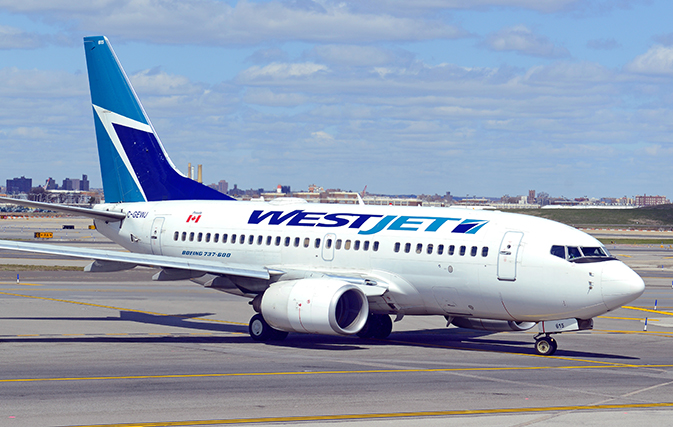CALGARY — Some 6,900 WestJet employees are leaving the company, some temporarily, in the wake of the travel restrictions and border closures that forced operations suspensions for WestJet and airlines around the world.
WestJet had some 14,000 employees before the announcement.
“Today, 6,900 WestJetters are receiving notices confirming early retirements, early outs and both voluntary and involuntary leaves,” said Ed Sims, WestJet President and CEO.
“This is devastating news for all WestJetters. The fact that we avoided a potentially worse outcome is testament to the spirit and selfless attitude demonstrated by our people, who have enabled WestJet to continue operating with a collective remaining workforce of 7,100.”
WestJet’s earlier cost-cutting measures included releasing more than 80% of its contract workforce, instituting a hiring freeze, stopping all non-essential travel and training, suspending any internal role movements and salary adjustments, pausing more than 75% of its capital projects and asking suppliers for a reduction or delay in payments.
The airline’s executive team took a 50% pay cut, while vice-presidents and directors have taken a 25% pay cut.
WestJet issued a communication across its organization last week asking WestJetters “to put up their hand” to support the survival of the airline by selecting one of a number of options including unpaid leave of absence, early retirement, voluntary resignation (early out), reduced work week or reduced pay.
“It is through these WestJetters’ sacrifices that we can preserve a core of people who will remain employed to prepare for the moment when the situation stabilizes, and we can look to rise again,” said Sims.
He adds that WestJet has been working closely with its unions and employee associations who have collaborated to help achieve the necessary levels of voluntary leaves and salary cuts. The airline is also actively engaged with all levels of government in a shared commitment to minimizing impacts of this crisis, and continues to press upon government the depth of the impact.
“We could not have achieved what was required without the support and collaboration of our union leadership and the leaders of our employee associations,” said Sims.

